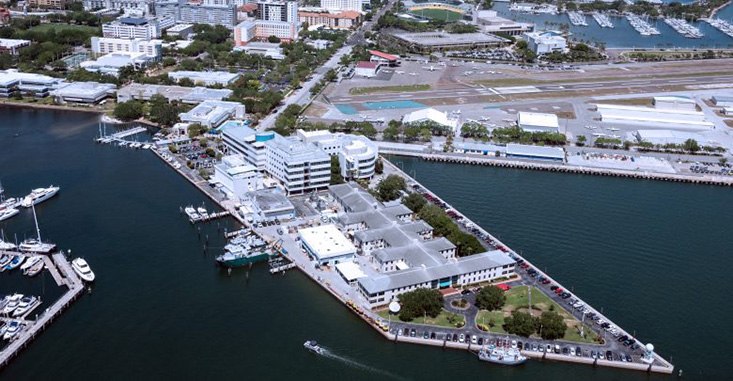
Marine Science Faculty Publications
Document Type
Article
Publication Date
1986
Digital Object Identifier (DOI)
https://doi.org/10.1029/JB091iB03p03425
Abstract
During a 1983 Seabeam cruise, we surveyed the Easter-Nazca spreading center which forms the eastern boundary of the Easter microplate. We have analyzed all available bathymetry and magnetic anomaly data to determine the present fine-scale tectonic configuration and recent tectonic evolution of this spreading center. The narrowing of the axial (Brunhes) anomaly is best explained by a young propagating rift growing northward at an average rate of 150 mm/yr assuming an average spreading rate of 120 mm/yr. There are indications of a short episode of faster propagation (350 mm/yr) prior to 0.4 Ma. These are the fastest rates of rift propagation yet documented. The tip of the propagating rift is at about 25°S, 112°25′W, ∼180 km south of the previously hypothesized position. The recent spreading direction is N85°W. A large well-defined “sheared zone” to the west of the western pseudofault bounding the crust formed by the propagating rift suggests that the Easter-Pacific spreading center (360 km to the west) is being replaced by the fast propagator.
Rights Information
Was this content written or created while at USF?
No
Citation / Publisher Attribution
Journal of Geophysical Research: Solid Earth, v. 91, issue B3, p. 3425-3438
©1986. American Geophysical Union. All Rights Reserved.
Scholar Commons Citation
Naar, David F. and Hey, R. N., "Fast Rift Propagation along the East Pacific Rise near Easter Island" (1986). Marine Science Faculty Publications. 2243.
https://digitalcommons.usf.edu/msc_facpub/2243

